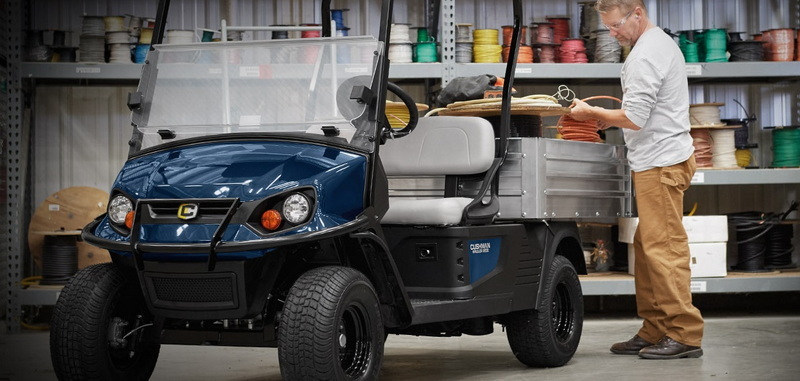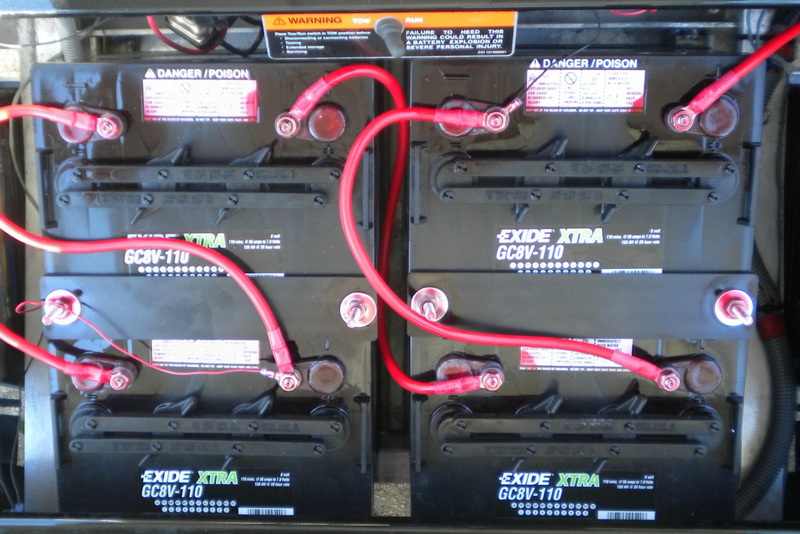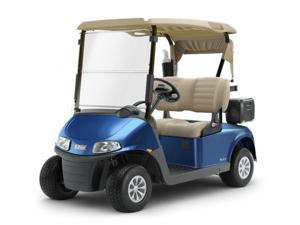Content Menu
● Understanding Your Golf Cart
● Common Problems and Their Solutions
>> Dead Battery
>> Faulty Charger
>> Motor Issues
>> Solenoid Problems
>> Speed Control Issues
● Step-by-Step Troubleshooting Guide
>> Check Battery Health
>> Inspect Charger Functionality
>> Examine Motor
>> Test Solenoid
>> Evaluate Speed Control
● Additional Troubleshooting Tips
>> Regular Maintenance Checks
>> Listen for Unusual Sounds
>> Monitor Performance Changes
● Preventive Maintenance Tips
● Conclusion
● FAQ
>> 1. What should I do if my electric golf cart won't start?
>> 2. How often should I replace my golf cart batteries?
>> 3. Can I use regular water in my golf cart batteries?
>> 4. What causes my golf cart to lose speed?
>> 5. How can I maintain my golf cart's performance?
Electric golf carts are a popular choice for leisurely rides on the golf course, in gated communities, or around large properties. However, like any vehicle, they can encounter problems, especially as they age. Troubleshooting an old electric golf cart can seem daunting, but with the right guidance and steps, you can identify and potentially fix many issues yourself. This article will provide a comprehensive guide on how to troubleshoot common problems with old electric golf carts.

Understanding Your Golf Cart
Before diving into troubleshooting, it's essential to understand the basic components of an electric golf cart. The primary parts include:
- Batteries: The power source for the cart.
- Charger: Charges the batteries.
- Motor: Powers the cart.
- Solenoid: Acts as a switch to control electrical flow.
- Potentiometer: Regulates speed.
- Controller: Manages the power delivered to the motor.
Familiarizing yourself with these components will help you diagnose issues more effectively.
Common Problems and Their Solutions
Dead Battery
One of the most common issues with electric golf carts is a dead battery. If your cart won't start or runs sluggishly, check the battery first.
- Symptoms: Cart doesn't start, dim lights, or slow acceleration.
- Solution:
- Use a voltmeter to check the battery voltage. A fully charged 6V battery should read around 6.3 volts; a 12V battery should read about 12.6 volts.
- Ensure that all connections are tight and free from corrosion. Clean terminals with a mixture of baking soda and water if necessary.
- If batteries are old (typically over 5 years), consider replacing them.
Faulty Charger
If your batteries are fine but aren't charging properly, the charger may be at fault.
- Symptoms: Charger doesn't turn on or shows no lights.
- Solution:
- Check the outlet where the charger is plugged in to ensure it's working.
- Inspect charger cables for damage or corrosion.
- If possible, test with another compatible charger to determine if yours is faulty.
Motor Issues
If your cart starts but doesn't move or makes unusual noises, there may be an issue with the motor.
- Symptoms: No movement when accelerator is pressed; grinding or squeaking sounds.
- Solution:
- Check for loose connections at the motor terminals.
- Look for any visible signs of wear or damage on the motor itself.
- Reset the motor by locating and pressing the reset button (usually found near the main power supply).
Solenoid Problems
The solenoid is crucial for starting your golf cart. If it's malfunctioning, you may hear clicking but no movement.
- Symptoms: Clicking sound when trying to start but no movement.
- Solution:
- Inspect wiring connected to the solenoid for corrosion or damage.
- Test the solenoid with a multimeter to ensure it's functioning correctly. If it's faulty, it will need replacement.
Speed Control Issues
If your cart starts but doesn't reach its normal speed, there might be an issue with the speed controller or potentiometer.
- Symptoms: Inconsistent speeds or inability to accelerate properly.
- Solution:
- Inspect connections to the potentiometer for any loose wires or corrosion.
- If possible, test the potentiometer with a multimeter to ensure it's working correctly.

Step-by-Step Troubleshooting Guide
Check Battery Health
- Use a voltmeter to measure voltage levels of each battery.
- Inspect for corrosion and clean terminals as needed.
Inspect Charger Functionality
- Test outlet and charger cables for damage.
- Attempt charging with another charger if available.
Examine Motor
- Look for loose connections and reset if necessary.
- Listen for unusual sounds indicating mechanical issues.
Test Solenoid
- Check wiring and connections for integrity.
- Use a multimeter to test functionality.
Evaluate Speed Control
- Inspect potentiometer connections and test functionality.
Additional Troubleshooting Tips
In addition to addressing specific problems, here are some broader troubleshooting tips that can help maintain your electric golf cart's performance:
Regular Maintenance Checks
Perform regular maintenance checks on your golf cart to catch potential issues before they become serious problems:
- Check battery water levels regularly; low levels can lead to decreased performance and lifespan.
- Clean battery terminals monthly using a solution of baking soda and water to prevent corrosion.
- Inspect tires for proper inflation (15-25 PSI) and wear; under-inflated tires can affect performance significantly.
Listen for Unusual Sounds
Pay attention to any unusual sounds while operating your golf cart:
- Grinding noises may indicate motor issues or worn bearings that require immediate attention.
- Clicking sounds may suggest problems with electrical components like solenoids or relays that need inspection.
Monitor Performance Changes
Keep an eye on how your golf cart performs over time:
- Sudden drops in speed or power might indicate underlying issues that need addressing immediately rather than waiting until they worsen.
Preventive Maintenance Tips
To minimize future issues with your electric golf cart:
- Regularly check and maintain battery water levels (use distilled water).
- Clean battery terminals and connections periodically to prevent corrosion.
- Store your golf cart in a dry place when not in use, especially during winter months.
- Follow manufacturer guidelines for charging cycles and maintenance schedules.
Conclusion
Troubleshooting an old electric golf cart can be manageable with a systematic approach. By understanding common problems and their solutions, you can often resolve issues without professional help. Regular maintenance is key to prolonging the life of your golf cart and ensuring reliable performance on every ride.

FAQ
1. What should I do if my electric golf cart won't start?
Check the battery first; ensure it's charged and connections are clean. If that doesn't work, inspect other components like the solenoid and motor.
2. How often should I replace my golf cart batteries?
Typically every 4-6 years, depending on usage and maintenance practices.
3. Can I use regular water in my golf cart batteries?
No, always use distilled water to avoid impurities that can damage battery cells.
4. What causes my golf cart to lose speed?
Common causes include low battery power, faulty speed controllers, or worn-out potentiometers.
5. How can I maintain my golf cart's performance?
Regularly check battery health, clean terminals, inspect wiring, and follow proper charging practices.










































